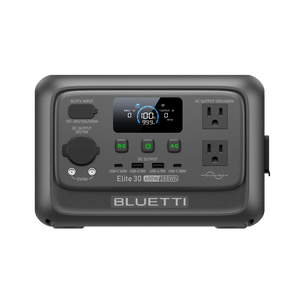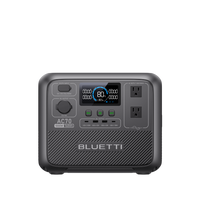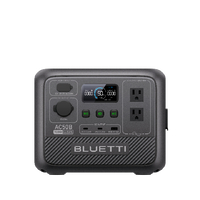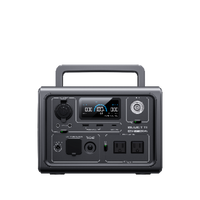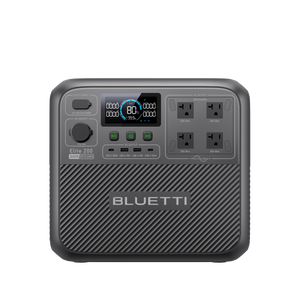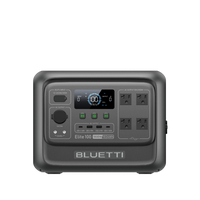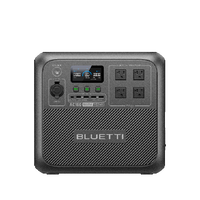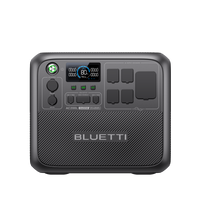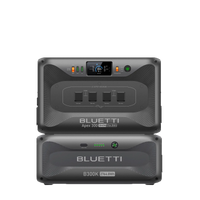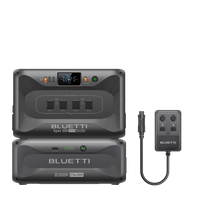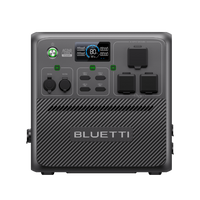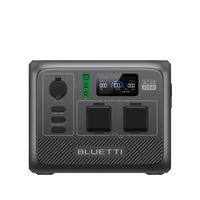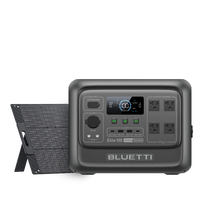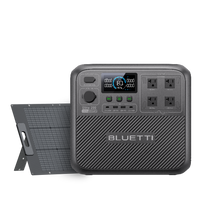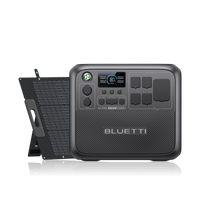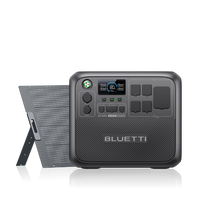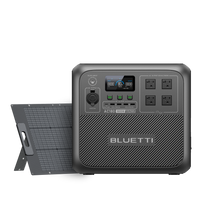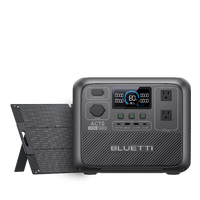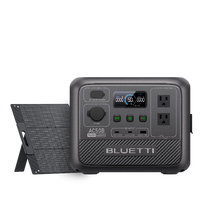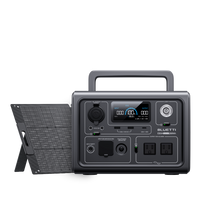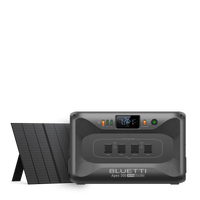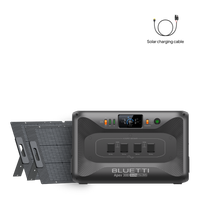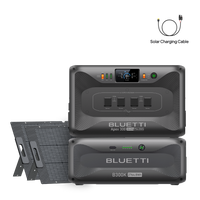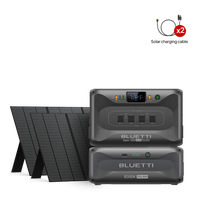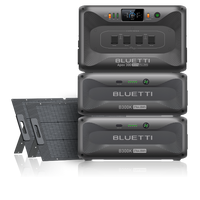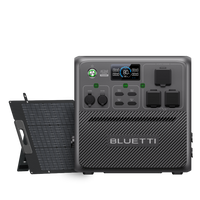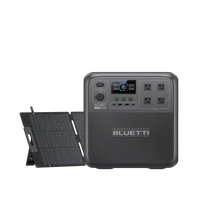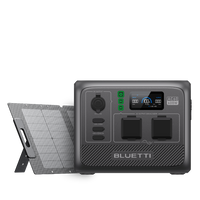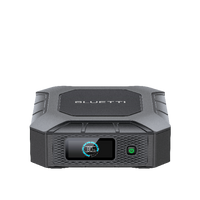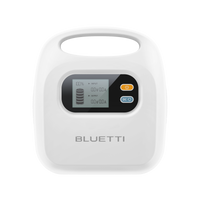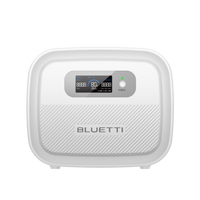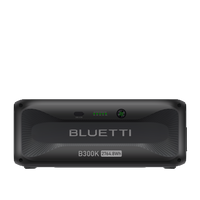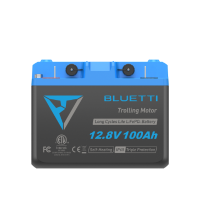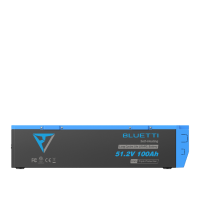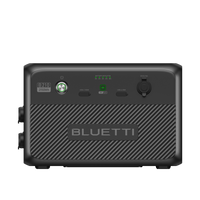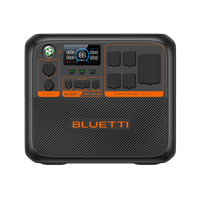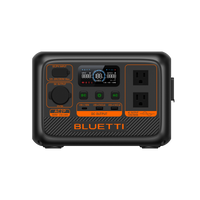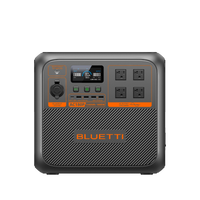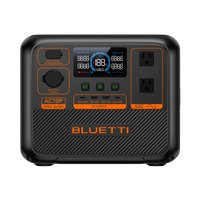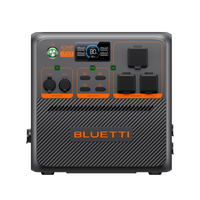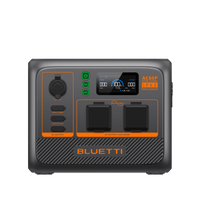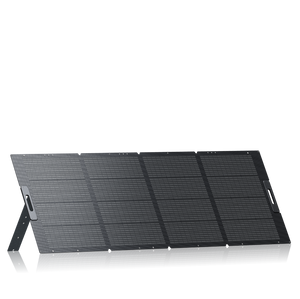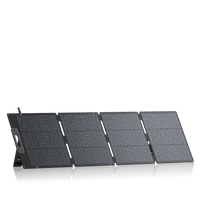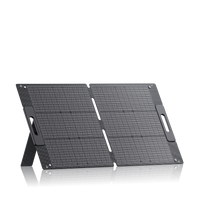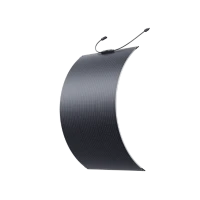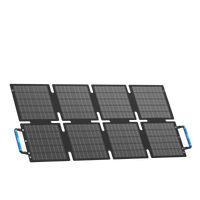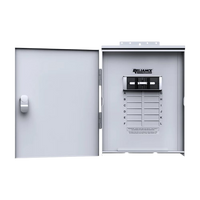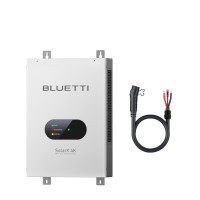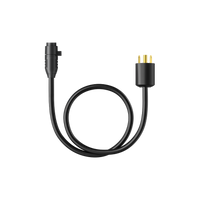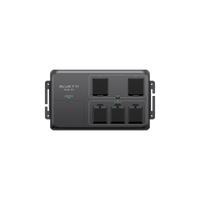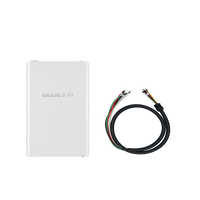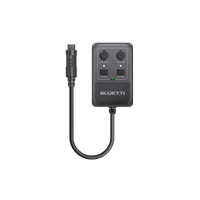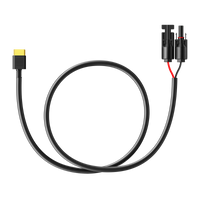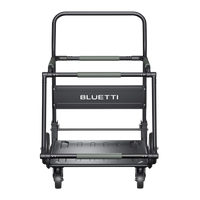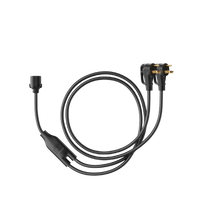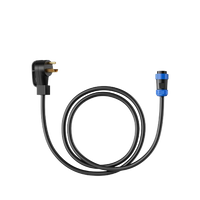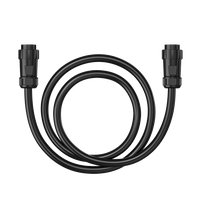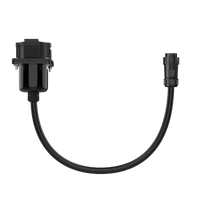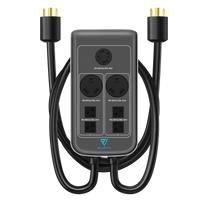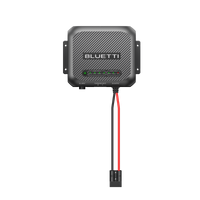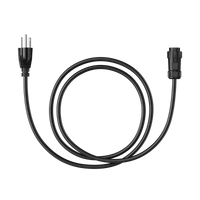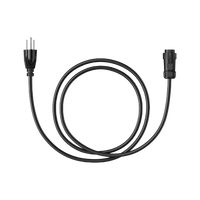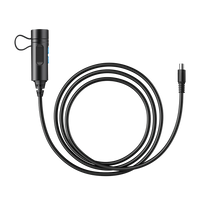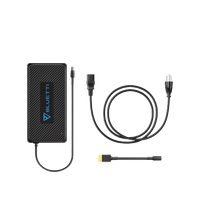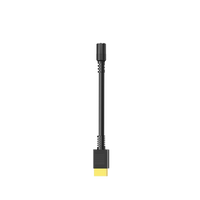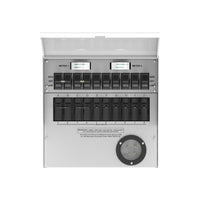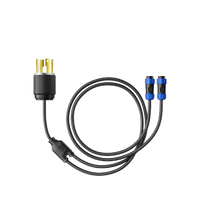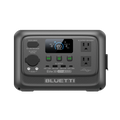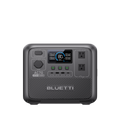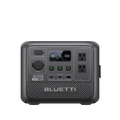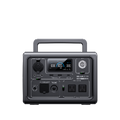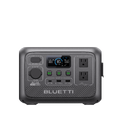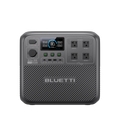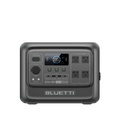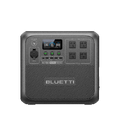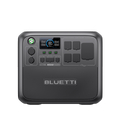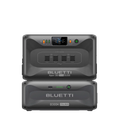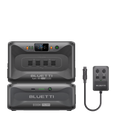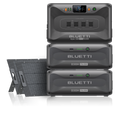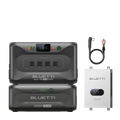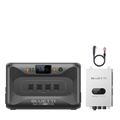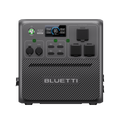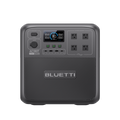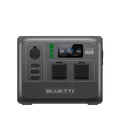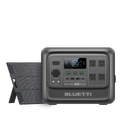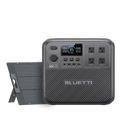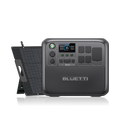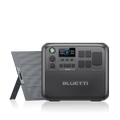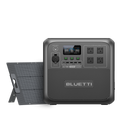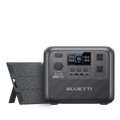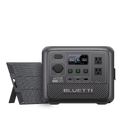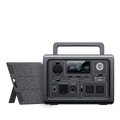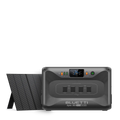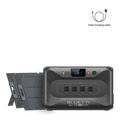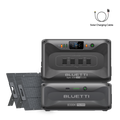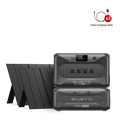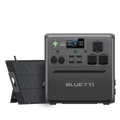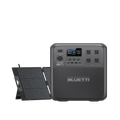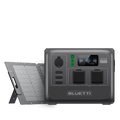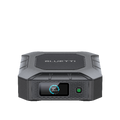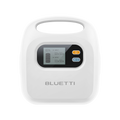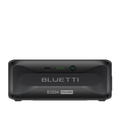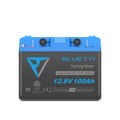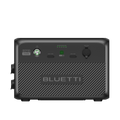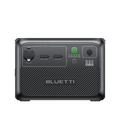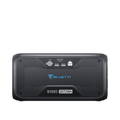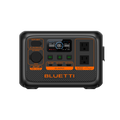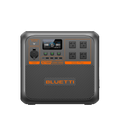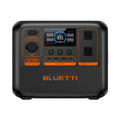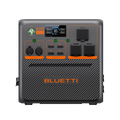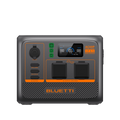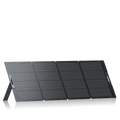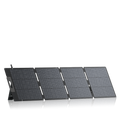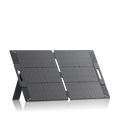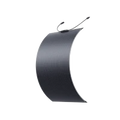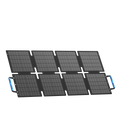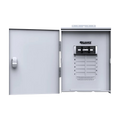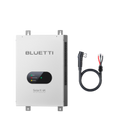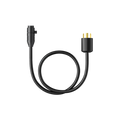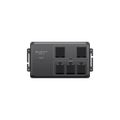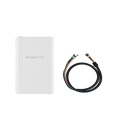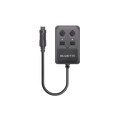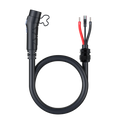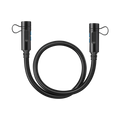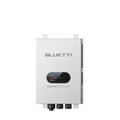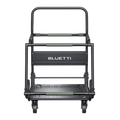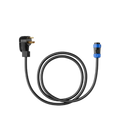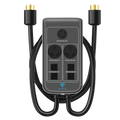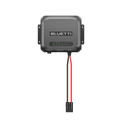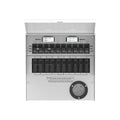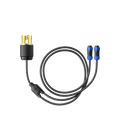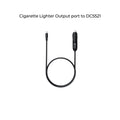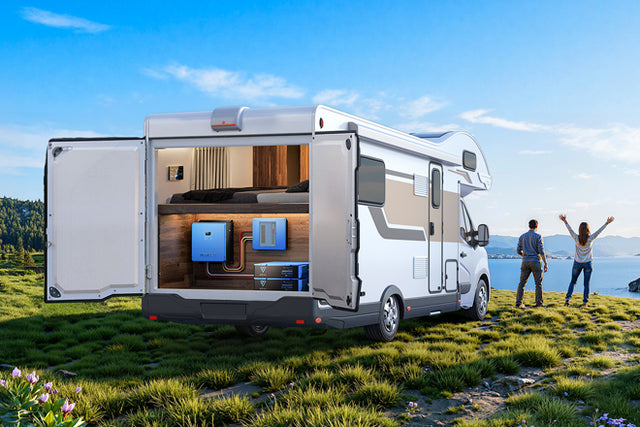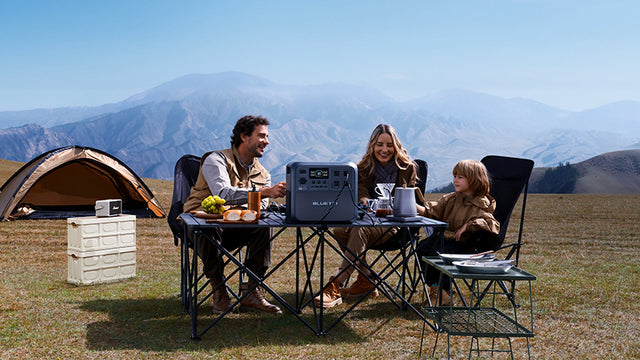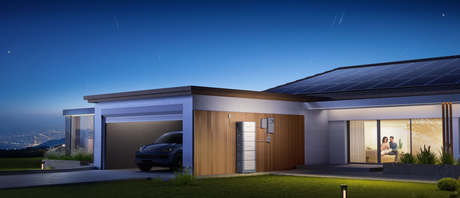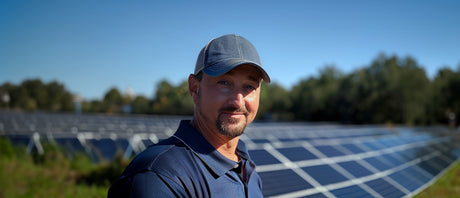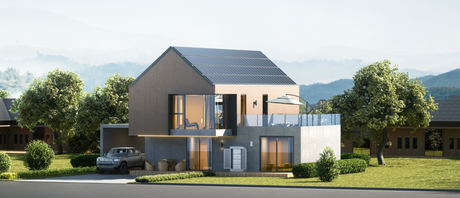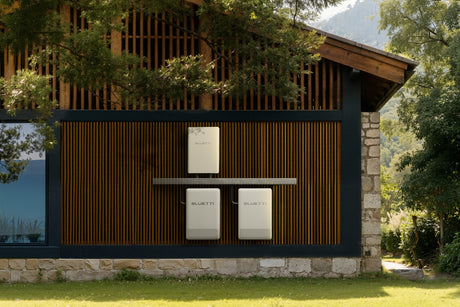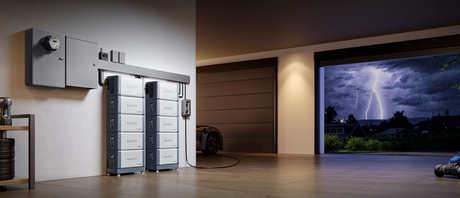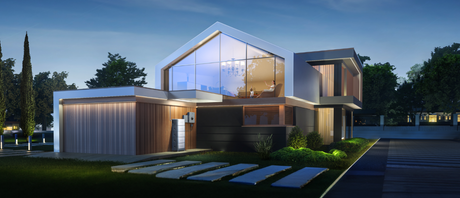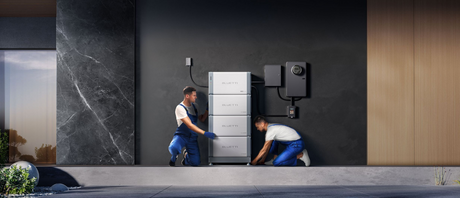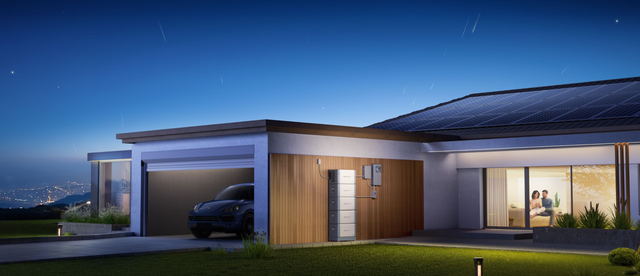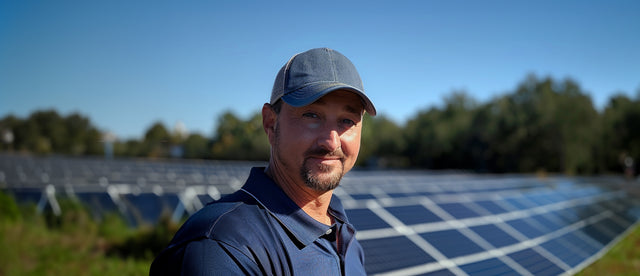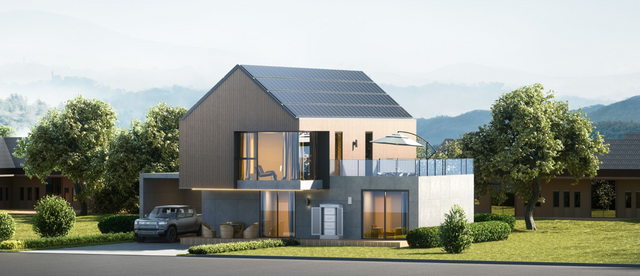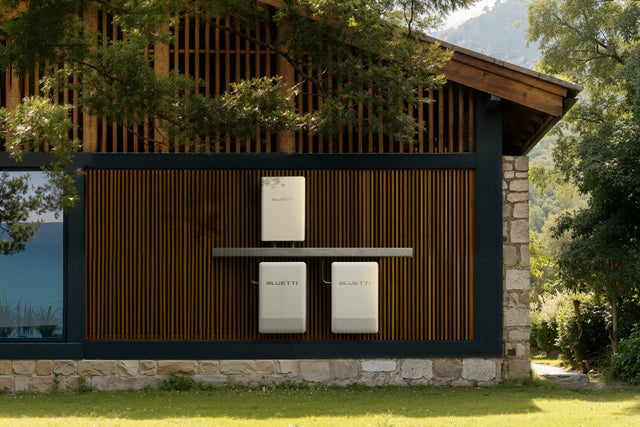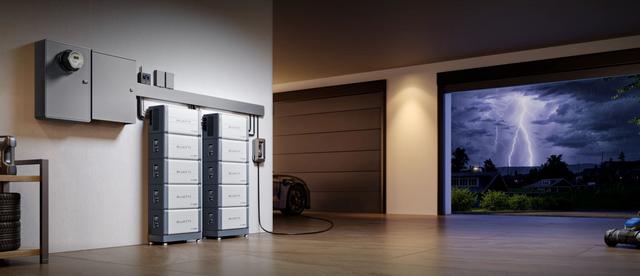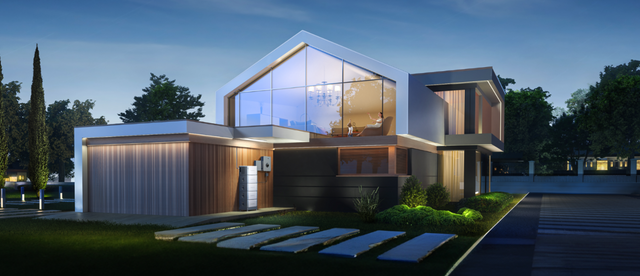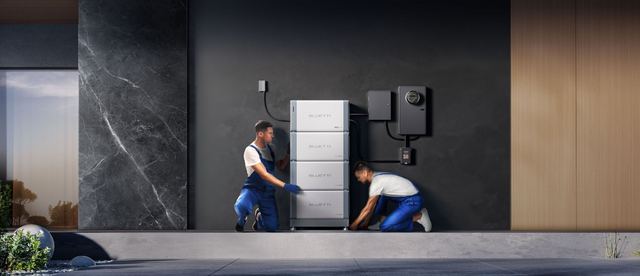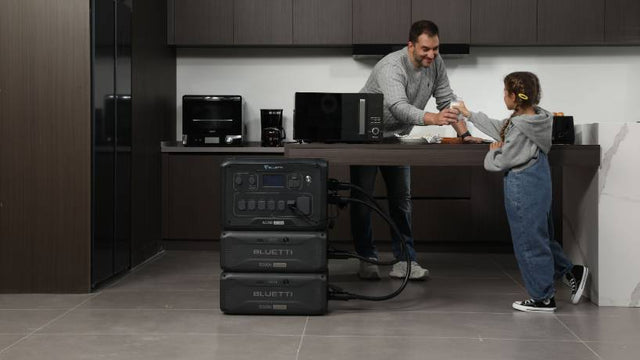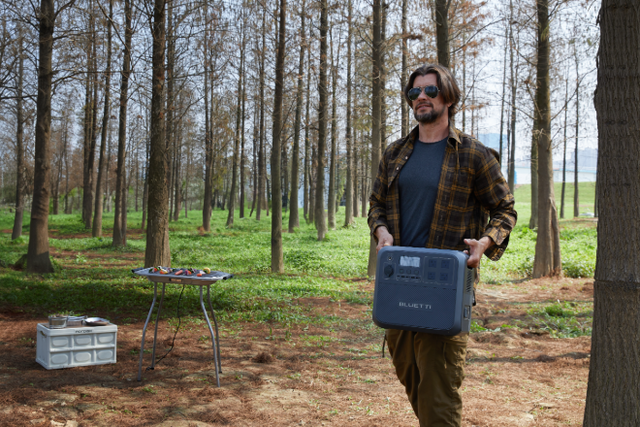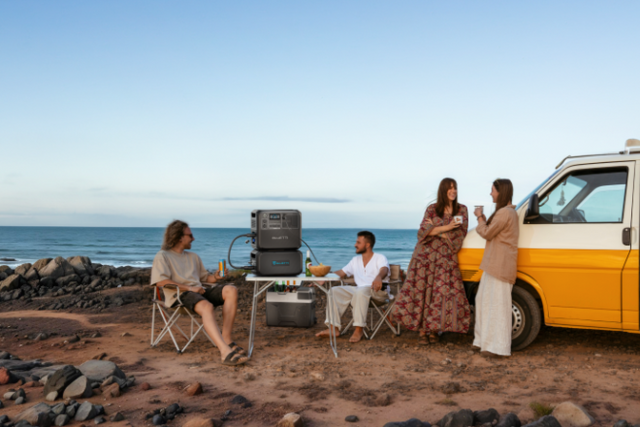Your cart is empty
Shop our productsIf central air's off the table, maybe it's because you're renting, or your place just isn't built for it. But for whatever reason, most people end up staring down the aisle at portable or window AC units. Both cool via refrigerant cycles to drop the temperature. However, the similarities stop there. The way these things are built, how much power they chew up, and where you can install them are totally different.
But between portable AC vs window AC, which one to pick? That's an important question to ponder before you grab one. In this post, we'll tell you which one fits what types of rooms, what they'll do to your wallet, and your cooling needs. We'll also share the pros and cons of each, alongside when to pick one over the other and what variables you should take into account before making a decision. So, keep reading!
What's the Difference Between Portable AC vs. Window AC?
A portable AC is a single unit on wheels that sits inside your room. All its main parts—compressor, condenser, evaporator, and fan—are built into one cabinet. It cools the air but also produces hot air that needs to be vented outside through a hose connected to a window kit. The "portable" part means you can roll it from room to room. But this is only viable as long as each space has a window for the vent.
On the other hand, a window AC is a single unit that fits into a window or wall sleeve. It's a cool air blower that faces the inside, and its heat-releasing parts stick outside. The window AC functions by pulling in warm indoor air, cooling it over cold coils, and pushing the heat outdoors through its back section. Once installed, it usually stays in place for the season rather than being moved around. Here's a detailed comparison between portable AC vs. window AC:
-
Installation and Venting
The portable AC system is fast and can be assembled by anyone, requiring little time, no more than a few minutes. All you have to do is place the unit and a flexible exhaust hose (approximately 5 to 7 inches in diameter) that is connected to a window kit and plug it in. This is why they are an ideal option to rent to anyone who is not able to make permanent modifications to their residence.
On the other hand, window ACs must be attached to a window or a wall aperture. It is more difficult to install, and it may require lifting, which can involve a weight of more than 50 pounds, bracket fixings, and caulking to prevent air from escaping. In some cases, professional assistance is required, which costs approximately $60-$300. Once in, they stay put for the season and aren't easy to move.
-
Cooling Capacity and Efficiency
Portable ACs are less powerful and efficient in cooling, but are able to cool rooms up to 500 sq ft (more with dual-hose models). Especially single-hose models are less effective. The compressor is inside the unit, which throws heat into the room, and the one exhaust hose forces the indoor air to leave.
That creates a negative pressure where the warm air is pulled back through cracks and gaps. Thus, it makes the AC exert more effort and consume more electricity. Because of this, they'll use 20-40% more energy than window units. As an example, an 8,000 BTU portable AC can actually supply and cool by 5,600-6,400 BTUs.
However, dual-hose models overcome such an issue. They utilize one hose to draw in outside air, and a separate one to carry out hot air, which makes them more efficient. However, they still waste some energy in heat leakage.
On the contrary, window ACs are far more powerful and can cool rooms up to 1,500 sq ft. A window unit is partially located indoors and partially outdoors. Hence, the hot components of the system would remain outside of your room, and the cool air would be blown into your room. With this design, heat transfer becomes easy and effective.
They cool faster, dropping room temperature by 10°F in about 15 minutes, compared to over 20 minutes for a portable unit to lower it just 5°F. They're also more energy-efficient, with EER ratings of 10–12+ versus 8–10 for portable models, which can save $15–$60 per month on electricity during peak use.
-
Cost Considerations
The average price of portable ACs ranges between $250 and $900 for 8,000-14,000 BTUs. Whereas the window ACs are slightly cheaper, and they cost between $150 and $800, depending on 5,000-14,000 BTU models. But installation costs may also be required.
Portable units are more expensive to operate in the long term as they consume more power. To operate one, it'll cost between $30 and $120 monthly, and a window AC for the same area costs between $15 and $60 monthly.
-
Noise Levels
The Portable ACs take approximately 52-65 decibels (dBA), as all the components, such as the compressor, are located within the room. This may be conspicuous or disturbing in the bedrooms or other places that are quiet.
Comparatively, Window ACs are not much noisier in the house, around 50-60 dBA, since the noisiest sections are located outdoors. That is why they are more favorable for sleeping or working places with no distractions.
-
Space and Aesthetic Impact
Portable ACs consume approximately 2-4 sq ft of floor area and require that the hose and window kit be stored when idle. They keep some part of the window open, but they may still appear massive in a room.
Window ACs don't use floor space but block the whole window, reducing light and view. They're semi-permanent and sometimes not allowed in rentals because of the installation changes required.
Pros and Cons of Portable and Window AC
Here are the pros and cons of portable AC and window AC in short:
Portable Air Conditioners
|
Pros |
Cons |
|
|
Window Air Conditioners
|
Pros |
Cons |
|
|
Durability, Lifespan, and Maintenance of Window AC vs Portable AC
The key aspects like durability, lifespan, and maintenance determine how long a window or a portable AC would last, and which one is more convenient to maintain:
-
Durability and Lifespan:
The average life of a window AC is 8-15 years because it is a well-built, simple structure, cools efficiently, and its installation is stable. It's built to support outdoor elements, puts less strain on the compressor, and stays fixed in place, which reduces wear. Whereas portable AC usually lasts 5–10 years because it functions harder to cool, gets jostled when moved, and has more parts that can fail (like pumps and moisture systems). This extra strain shortens its life.
-
Maintenance
Window ACs need more physical maintenance seasonally. The filter is easy to clean every few weeks, but the outdoor coils require a yearly deep clean. Meaning you'll have to remove the heavy unit from the window to wash the coils properly. You'll also need to install and take down the AC each season. The upside is fewer ongoing tasks if the filter is kept clean.
Whereas portable ACs need lighter but more frequent care. The filter is simple to clean, but managing water is the complex part. Many units evaporate moisture, but in humid weather, you'll still need to drain a tank or attach a hose. Forgetting can cause leaks and shutdowns. Storing the hose and kit is another small chore. The upside is no heavy lifting, but you'll need to keep a closer eye on water buildup.

When to Pick Between a Portable AC and a Window AC?
One may not easily be able to pick between a portable and a Window AC. Unless you take into account the factors that can help you make the decision faster, and of course, your specific needs. Here are those variables and personal requirements at a glance:
Factors to Take Into Account When Choosing a Portable AC and Window AC
1. Room Size (BTUs) and Layout:
The size of your room is the most important factor. In case the AC is too small, it will never stop running and will never cool effectively. But if your AC's too beefy for the space, it'll just keep flipping on and off, which means you end up with hot-and-cold spots and probably sticky humidity. So, just do yourself a favor. Make sure the BTUs on your unit actually line up with your room size (length × width = square footage):
-
100–300 sq ft → 5,000–8,000 BTU
-
300–550 sq ft → 8,000–12,000 BTU
-
550–1,000 sq ft → 12,000–18,500 BTU
-
1,000–1,200 sq ft → 18,500–21,500 BTU
Adjust as required: Add 10% for high ceilings or lots of sun, add 4,000 BTU for kitchens, and add 600 BTU per extra person. Then, match BTUs to AC type. To do so:
-
Select a window AC when your room requires 8,000 BTU or higher. As an example, a sunny living room of 400 sq ft will require approximately 10,000 BTU, which is ideal with a window AC.
-
Select a portable AC when the room size is less than 400 sq ft (less than 8,000 BTU). As an example, a 250 sq ft bedroom can be cooled using an 8,000 BTU portable AC.
When dealing with the room layout, portable ACs usually work well in small closed rooms. They do not perform well in open areas. Therefore, a window unit is the preferred choice in large spaces, such as the living room.
2. Heat Sources:
If your room is warm due to sunlight or the kitchen, you'll need something beefier, like a proper window AC, to stand a chance. Meanwhile, a chill, shaded bedroom of the same size can probably survive on a portable AC.
3. Type and Location of the Windows:
In case you have sliding doors, casement, or awning windows that cannot accommodate a standard window AC, choose a portable one. However, when you have a strong double-hung or sliding window that can support the weight of the AC, then you can use the window AC.
Personal Requirements For Picking Between a Window AC and a Portable AC
Here are the scenarios based on your personal requirements for when to pick a Window AC and when to go for a portable one:
|
When to Choose a Window AC |
When to Choose a Portable AC |
|
|
The Premium Alternative: Ductless Mini-Split Systems
If a window or portable AC doesn't do the job, a ductless mini-split is a great option. Though it costs more upfront ($3,000–$8,000+ with professional installation required). It has two parts. An outdoor unit (sits outside on the wall or ground) and an indoor unit (mounted high on a wall inside).
Both indoor and outdoor units stay in place once installed. They're connected by a small conduit with power and refrigerant lines, which only needs a small 3-inch hole in the wall. Here's how a ductless mini-split can benefit you:
-
Ultra-quiet: The compressor is external, and the indoor unit is very quiet.
-
Super efficient: It consumes less energy than window or portable units, which would save money in the long term.
-
No window needed: Operates in rooms without windows or where you don't want to block them.
-
Permanent upgrade: Adds value to your home.
-
Heating and cooling: Most models operate year-round as heat pumps.
Portable Backup Power For Running a Window or a Portable AC During Power Cuts

If your goal is to run a portable AC off-grid or during camping, a portable power station like the BLUETTI Elite 100 V2 is perfect for this operation. It offers 1800 watts and a 1024Wh capacity to operate a 5,000 BTU (500–700 watts) or 8,000 BTU (700–1,000 watts) portable AC. You can also power up small devices alongside, like a smartphone, a WiFi router, a laptop, or LED lights, etc.
The unit supports solar, AC, car charging, and dual AC + solar. With AC, it can power up to 80% in 45 minutes, and with 1000W solar, up to 100% in 70 minutes. But with a car charger, it can juice up 6x faster. In addition, the Elite 100 V2 offers a 10ms UPS switchover, so it can provide continuous power during a power cut. If you need to run a Window AC alongside other appliances in your residence during a power cut or for off-grid living, the BLUETTI Apex 300 is ideal for that operation.
It packs a 3,840W output with 2,764.8Wh capacity that supports a 5,000-BTU (450-550 watts), 8,000-BTU (600-800 watts), or a 12,000-BTU (1,000-1,200 watts) window AC. But you can run only one large AC at once. However, Apex 300 is expandable up to 11.52kW and 58kWh capacity, which allows you to run more than one large window AC alongside small appliances.
The unit also provides a 0ms UPS switchover to guarantee backup during a power cut. You can charge with AC, solar, dual AC + solar, and a 120/240V generator. It reaches 80% in 40 minutes with 2400W solar input, 100% in 60 minutes with 3840 AC + solar, and a generator. With AC, it can hit up to 80% in 45 minutes and 30kW with Solar X 4k & AT 1. The Apex 300 also has a 12kW bypass for HVACs, EVs, and other power-voracious devices. A smart application also gives extreme weather warnings and aids in saving on energy bills.

FAQs
-
Which is the more energy-efficient air conditioner, a window or a portable air conditioner?
Compared to portable ACs, window ACs are far more efficient in terms of energy consumption. Since the hot components are located outside of the room, the heat is emitted outdoors. On the contrary, portable units draw air from the room in order to cool the unit and expel the hot air through the window. This causes negative pressure that might force the warm air into the unit again. Then the unit would have to make more effort and consume more energy in cooling the space.
-
What is the level of difficulty involved in the installation of a portable or a window AC?
A window AC is more complex to install because you have to carry this heavy item and fix it in place, make sure it does not tip, and even drill supports. A portable AC is relatively simpler to install. It only takes a few minutes to roll, connect the hose and window kit, and in most cases, the tools and additional assistance are not necessary.
-
Are window and portable air conditioners also dehumidifiers?
Both portable and window ACs remove humidity while cooling. The difference is how they manage the water. Window ACs usually let it drip onto the hot outdoor coils, where it evaporates. Whereas portable ACs collect it in a tank that you need to empty. Though some models evaporate it through the exhaust hose, which can slightly reduce cooling efficiency.
-
Is it viable to use a portable AC in a room that does not have any windows?
If you don't have a window, door, or at least some kind of vent, forget about using a portable AC in that room. There's literally nowhere for the exhaust hose to chuck all that hot air. In the absence of ventilation, the unit will not cool down; it might overheat and get damaged. For windowless rooms, the better options are a ductless mini-split or an evaporative cooler (in dry climates).
Conclusion
Between portable AC vs window AC, picking either one of them is a matter of choice. The window units are stronger, more productive, more durable, and most suitable for homeowners or those who rent houses in the long run. Whereas portable units are more energy-consuming but can be moved and installed easily. Therefore, they're best suited for renters, small rooms, or to be used temporarily. In case you desire something permanent, you will find a mini-split system, which, though it has a high upfront cost, is the most efficient, giving you all-year-round comfort.
In order to keep cool during power cuts, a portable power station is crucial to run a portable or window AC. The BLUETTI Elite 100 V2 is an ideal fit to turn on portable ACs and other small devices for RVs, during camping, or off-grid living. Whereas the BLUETTI Apex 300 is the more powerful option. It can run a window AC and other appliances for residents during lengthy power cuts and for off-grid living. You can also expand its power to run more than one window AC alongside small gadgets.
Shop products from this article
You May Also Like

How Many Watts Are Christmas Lights? Learn the Holiday Energy Use


